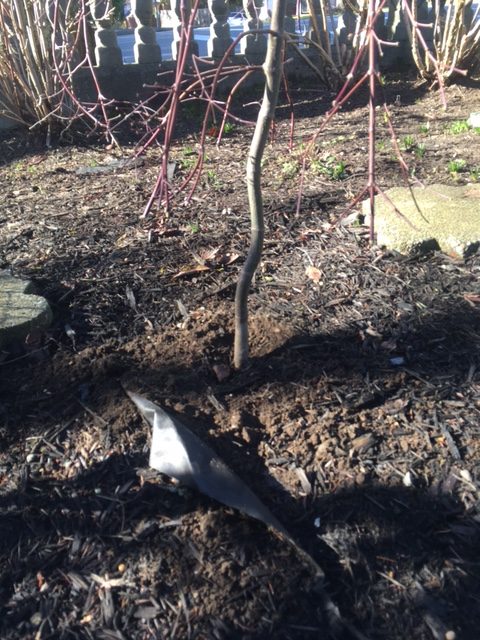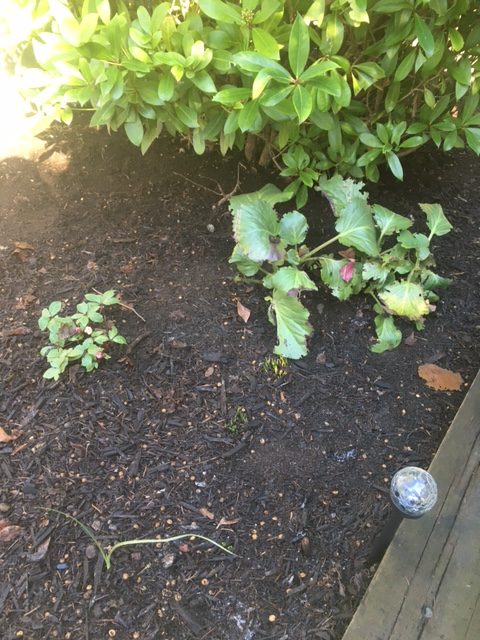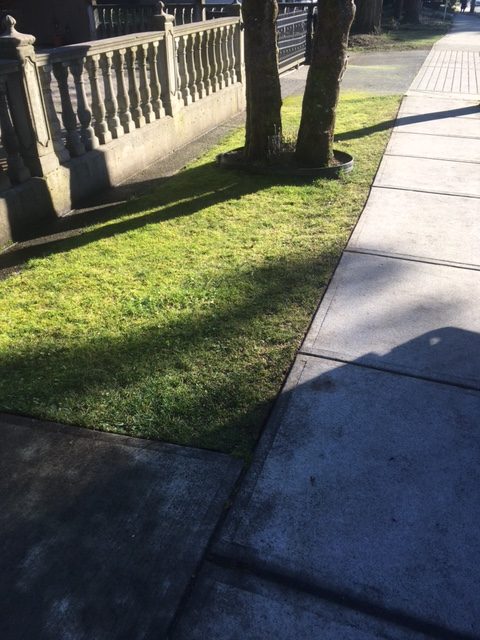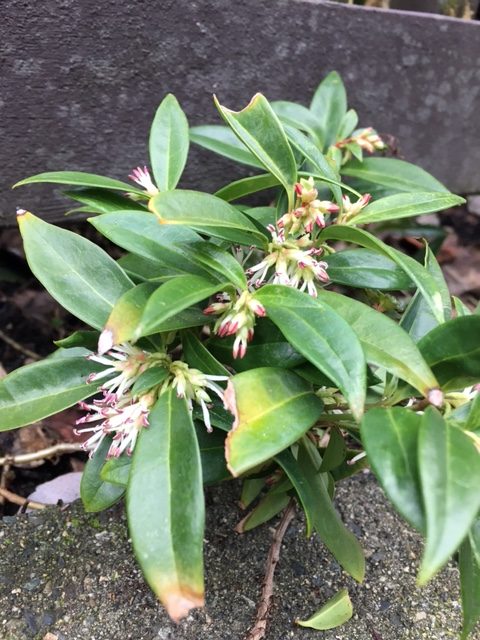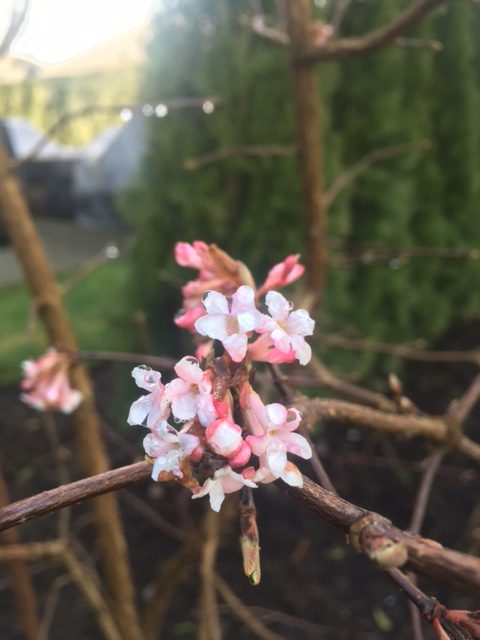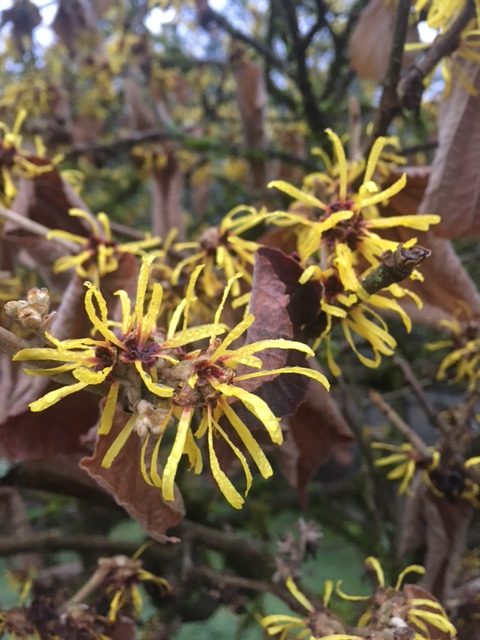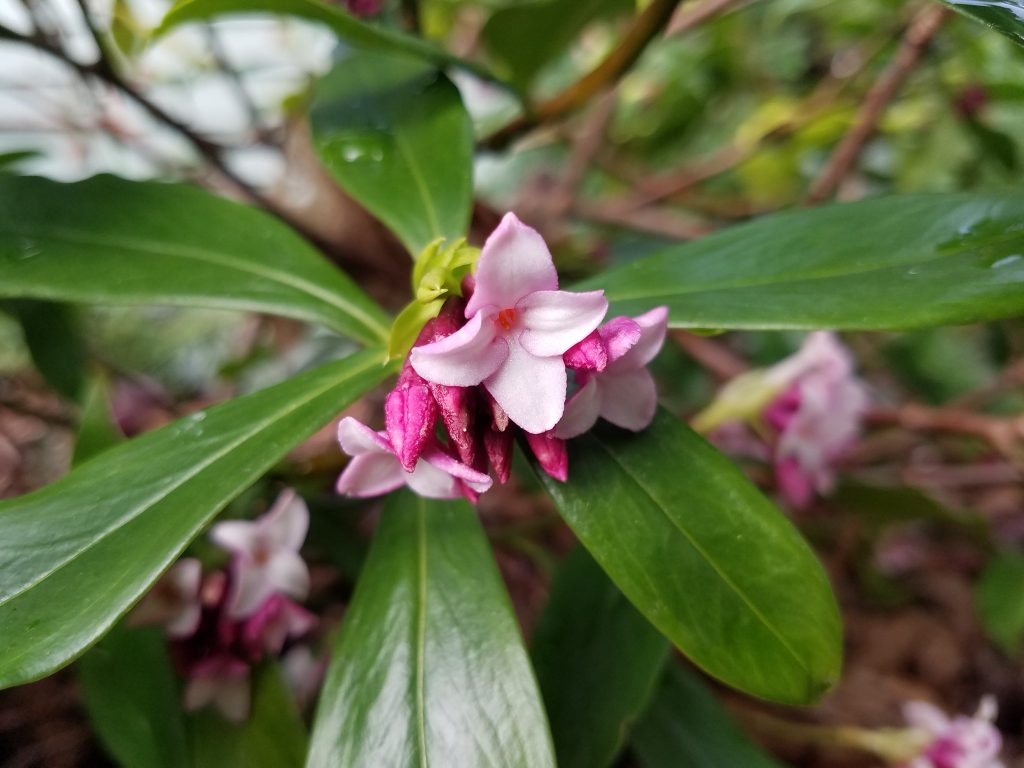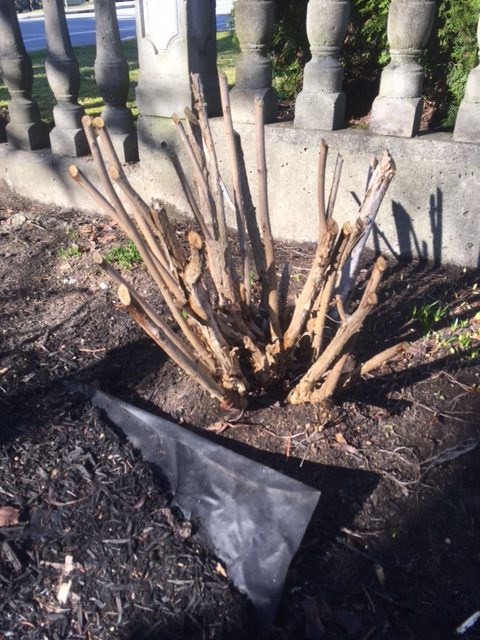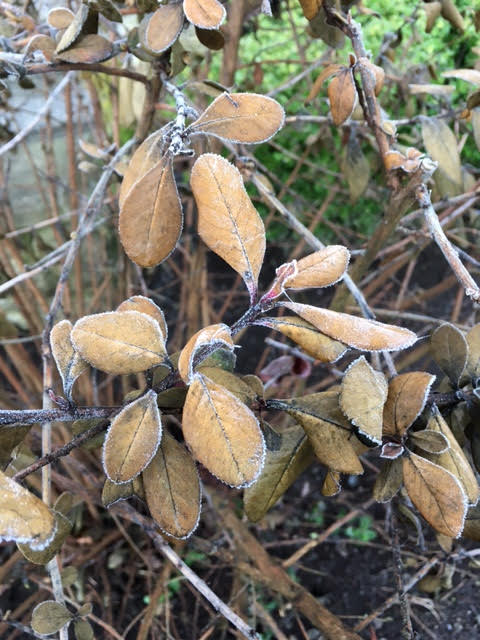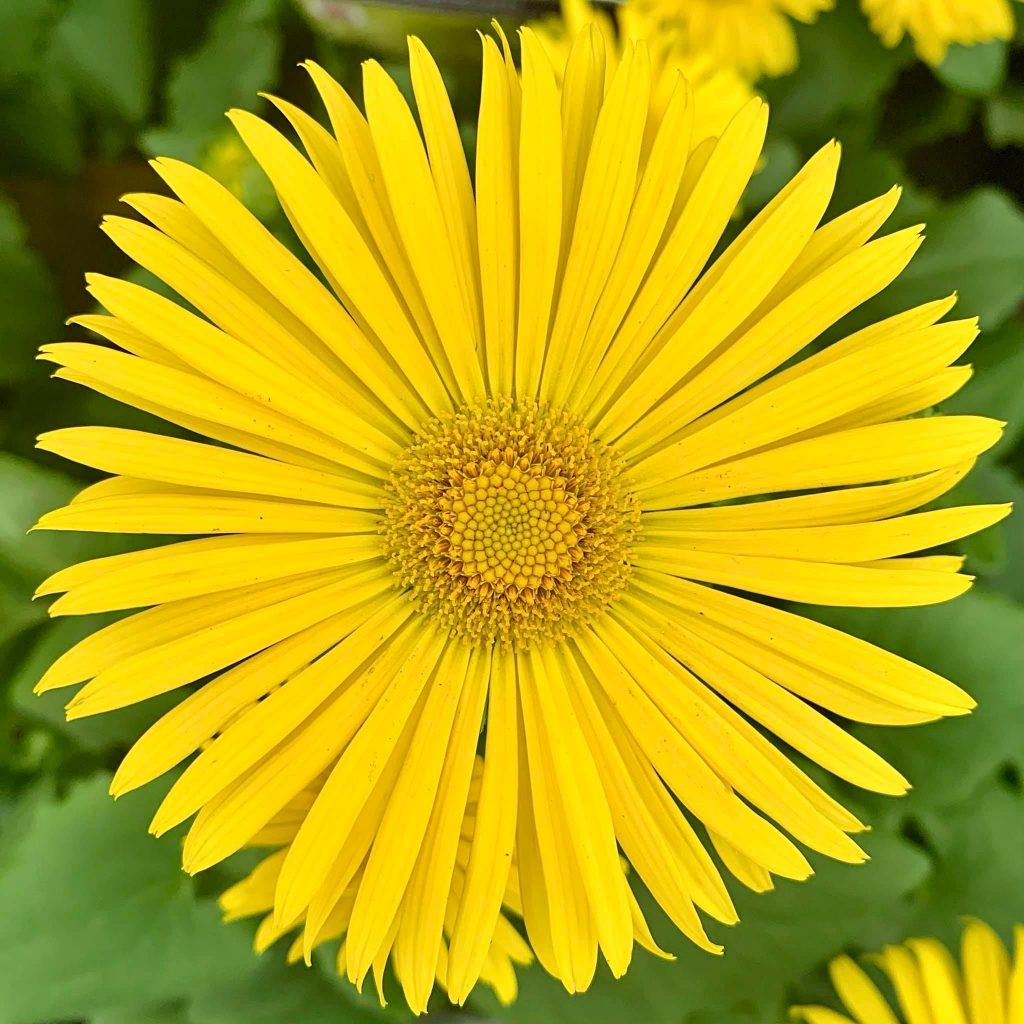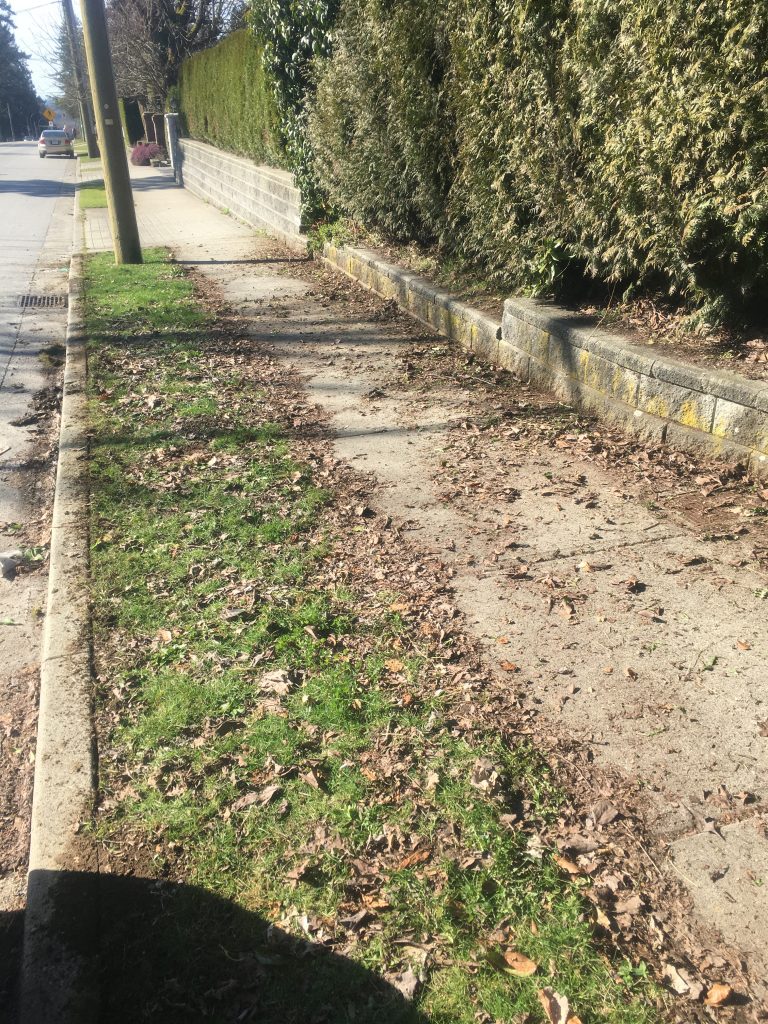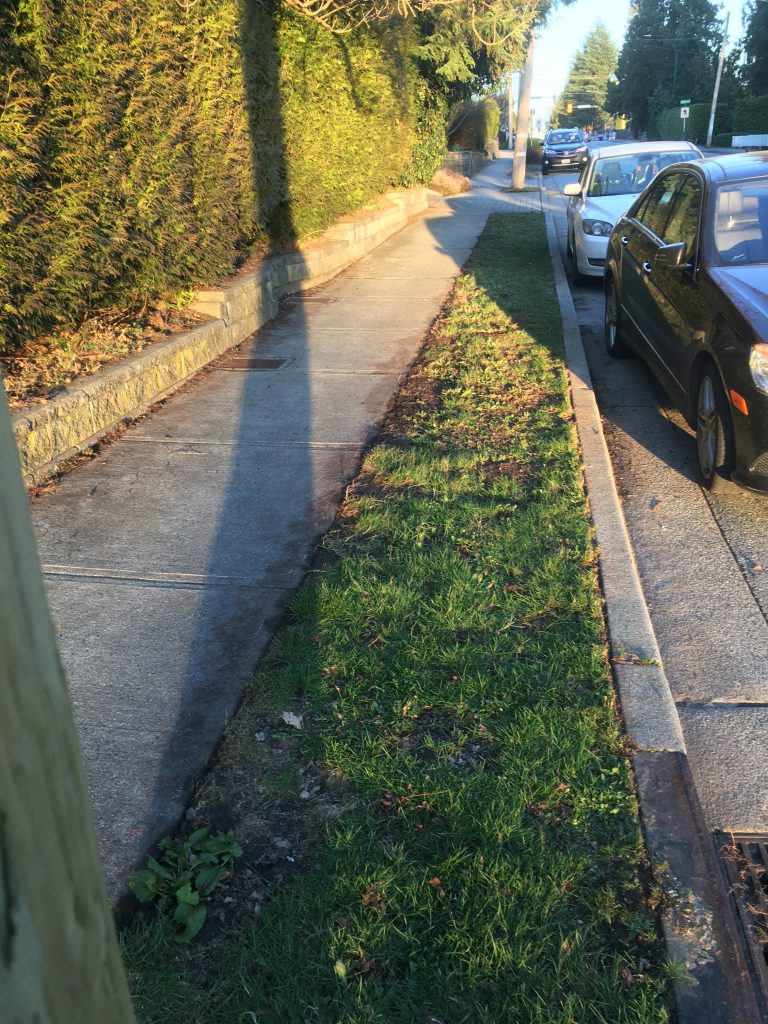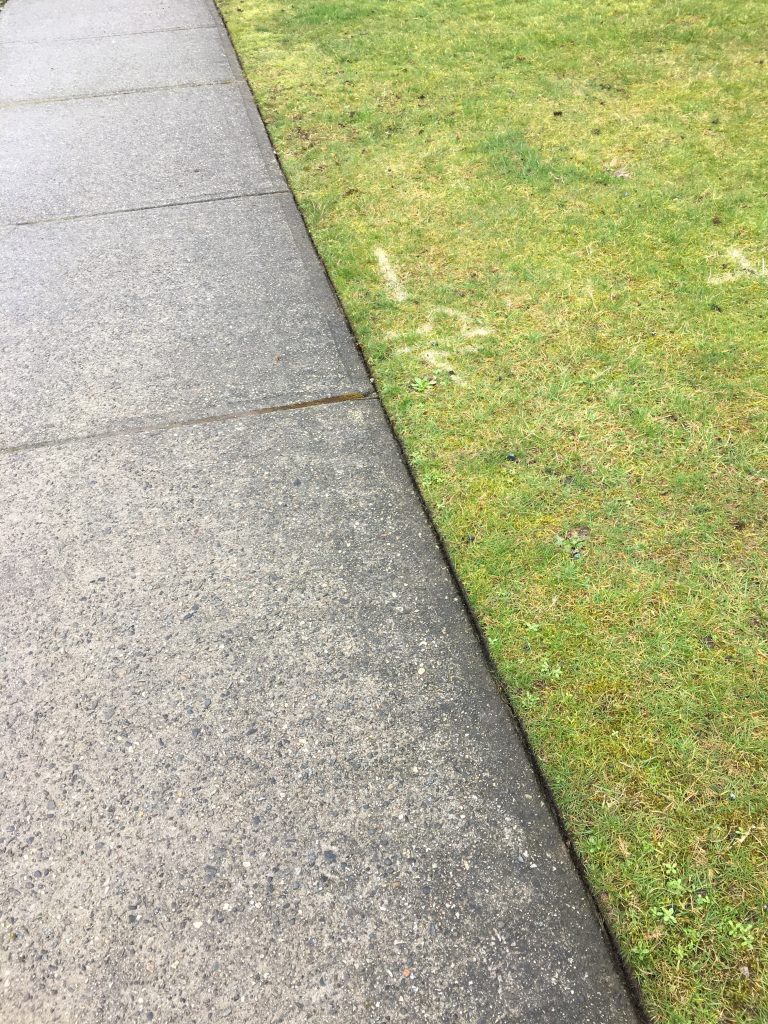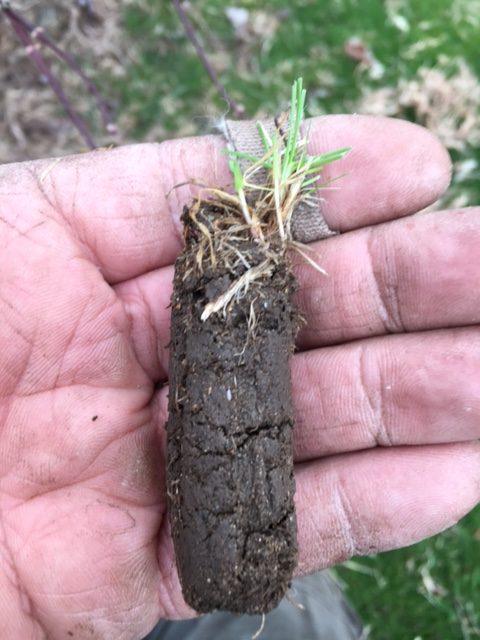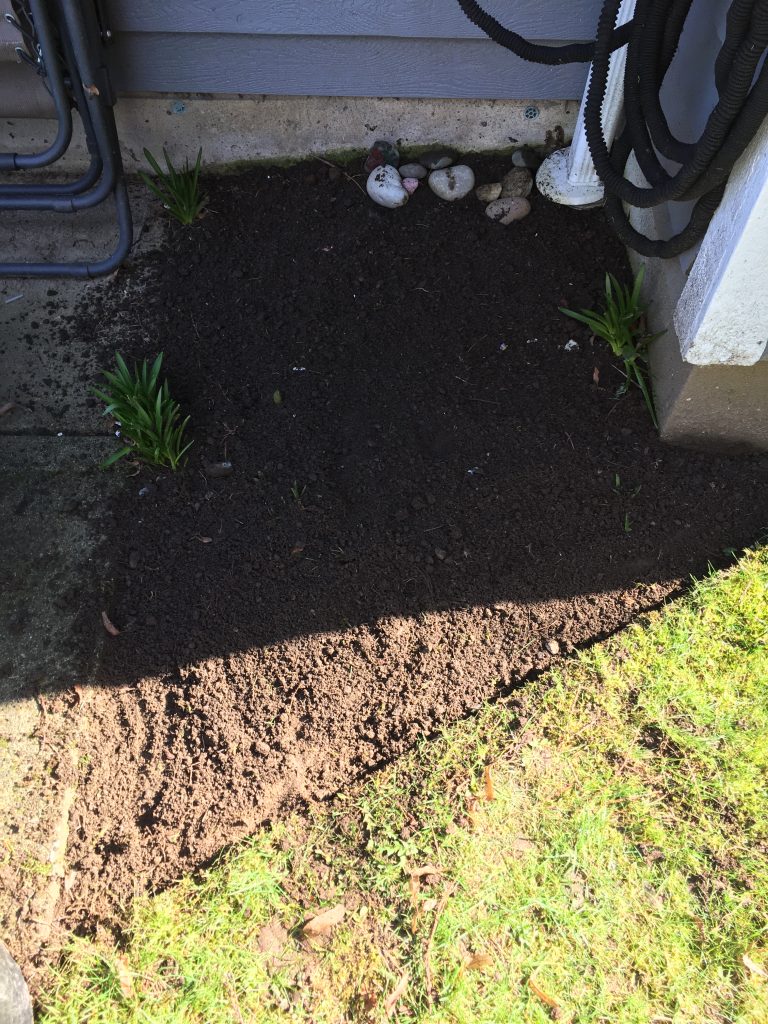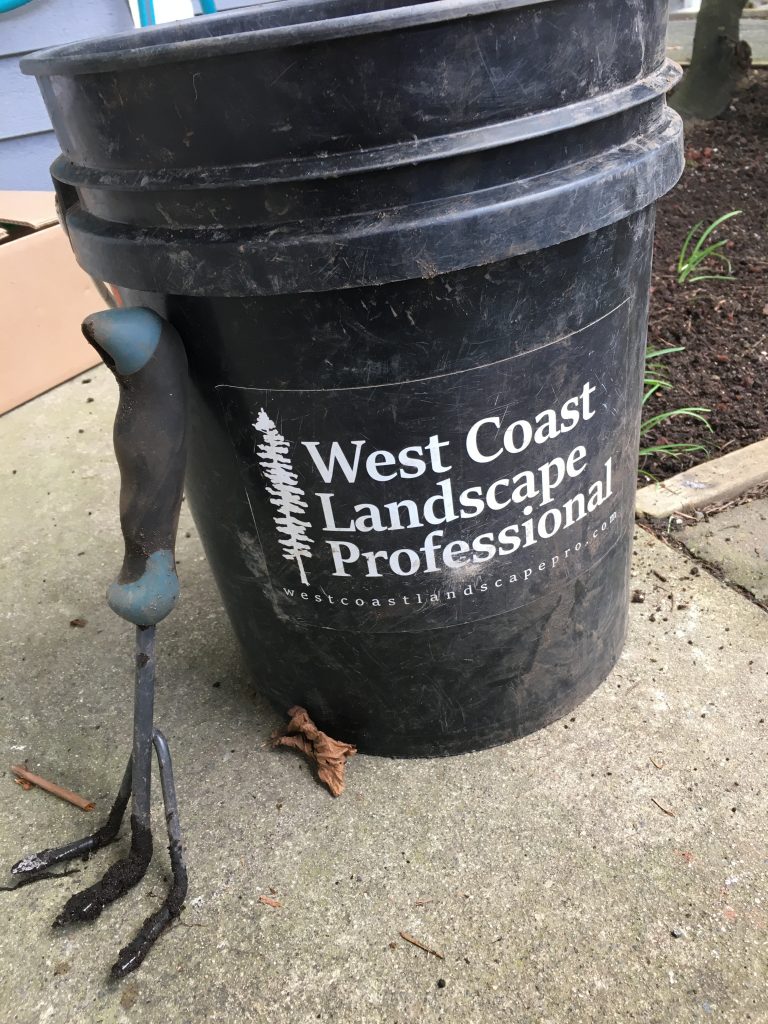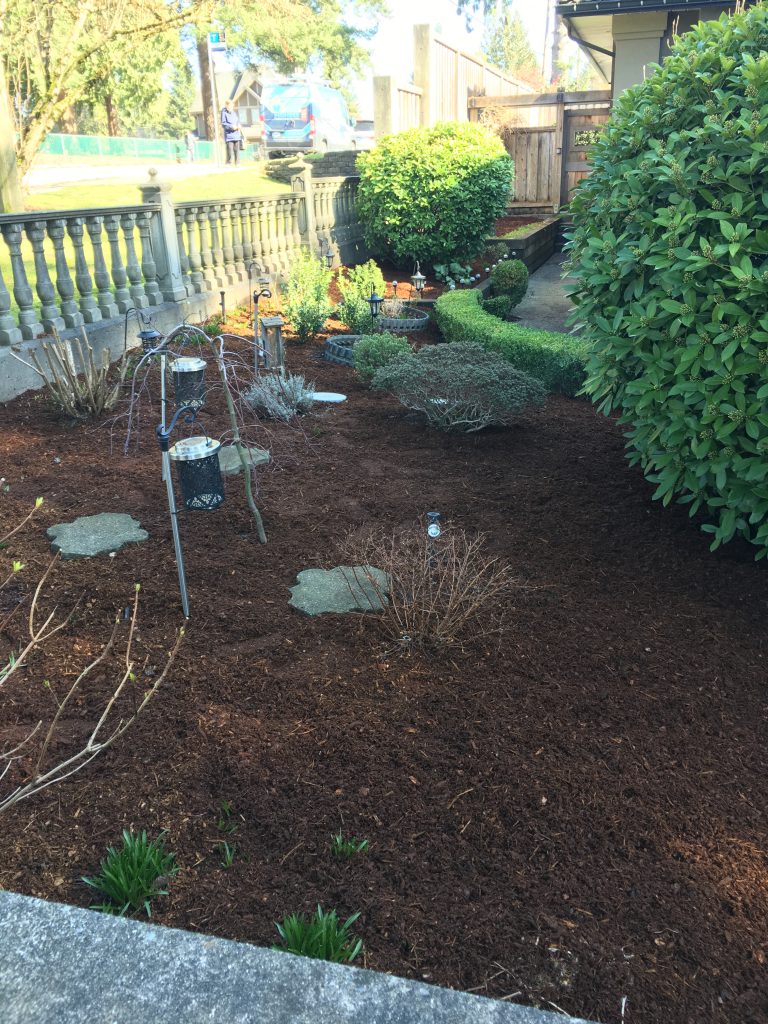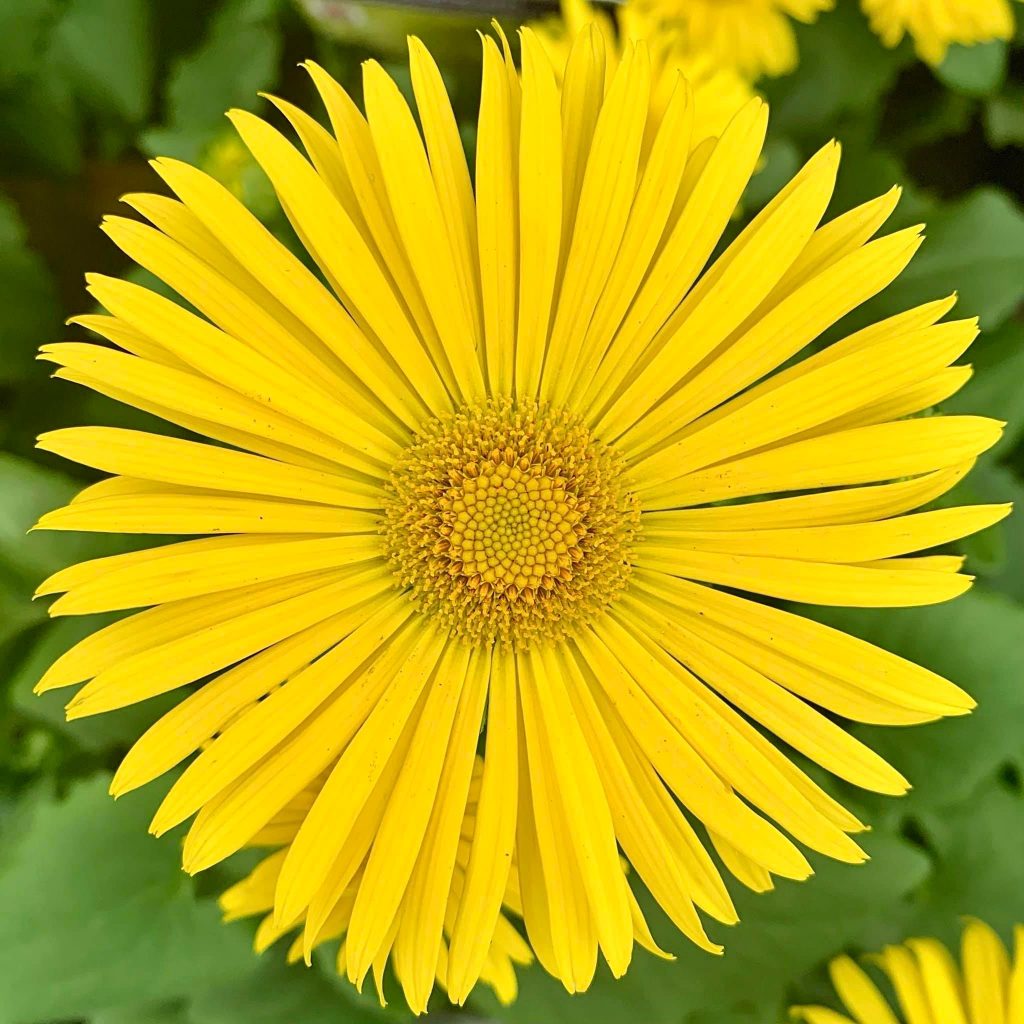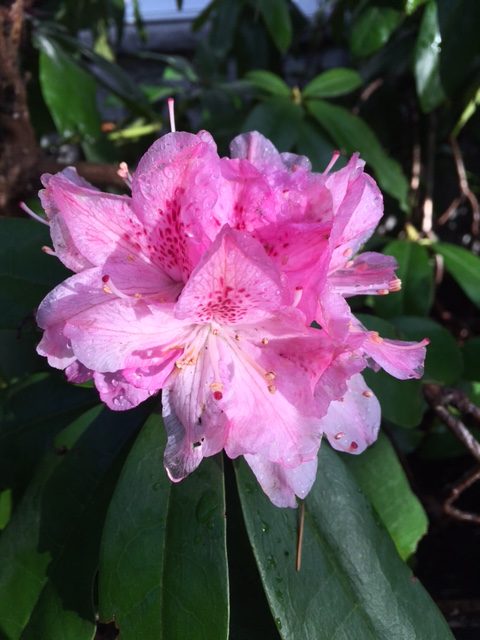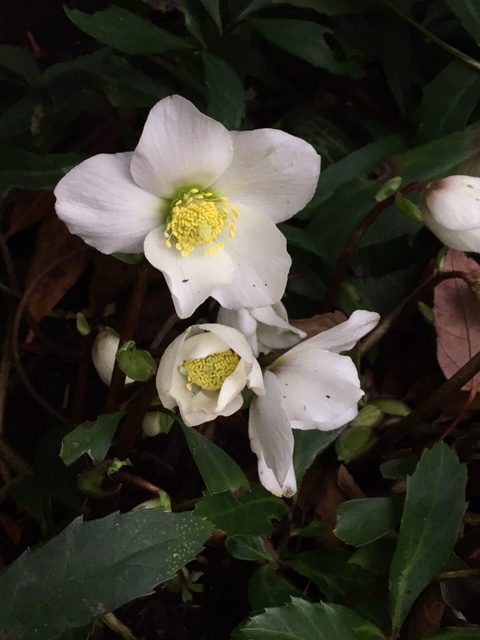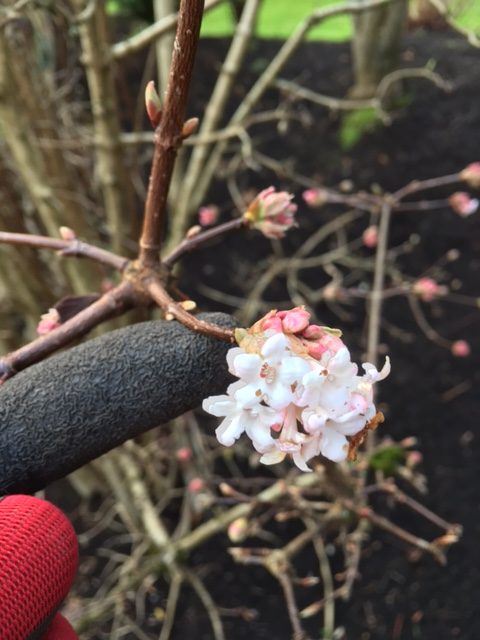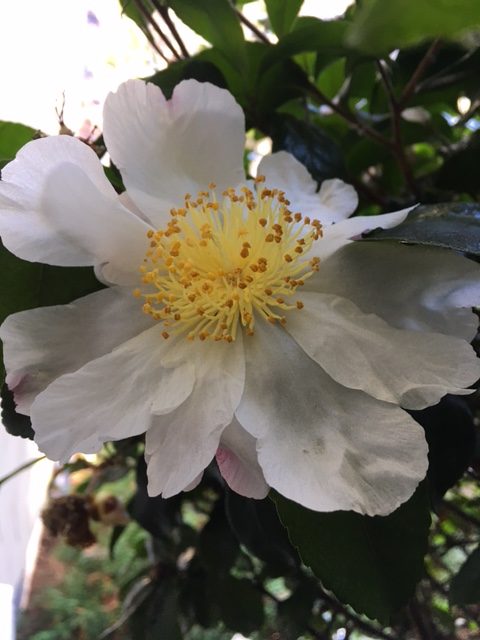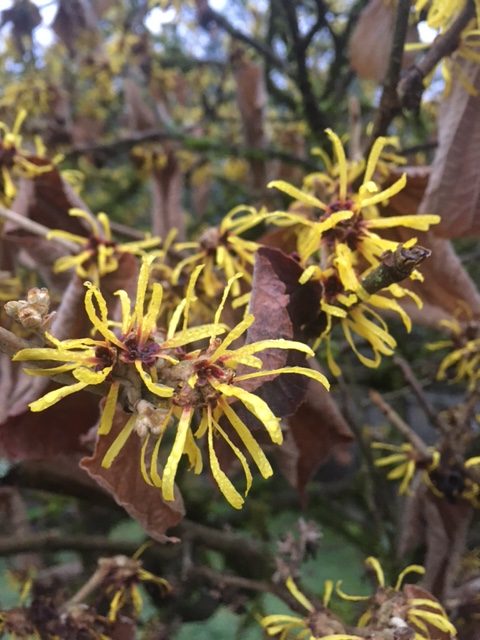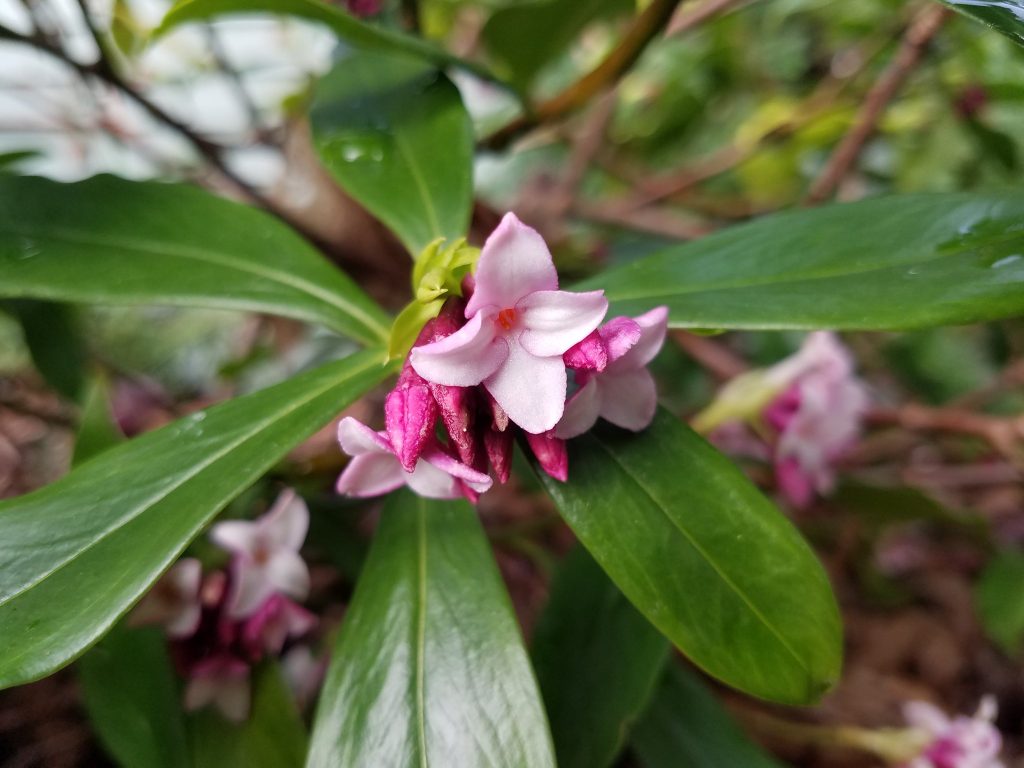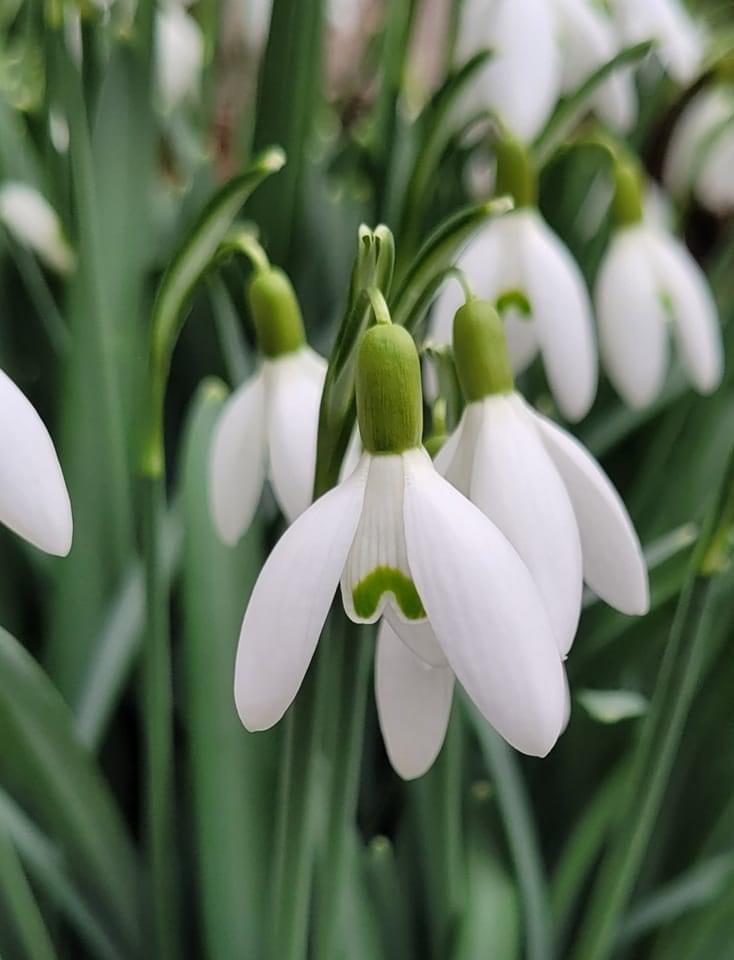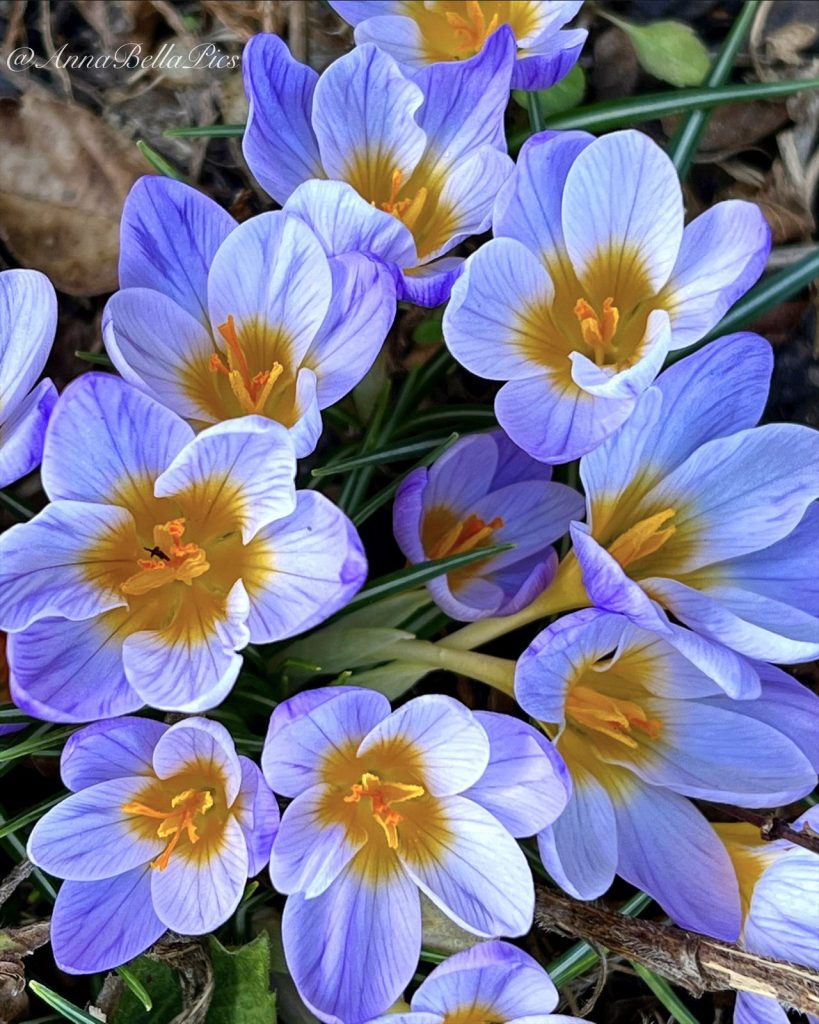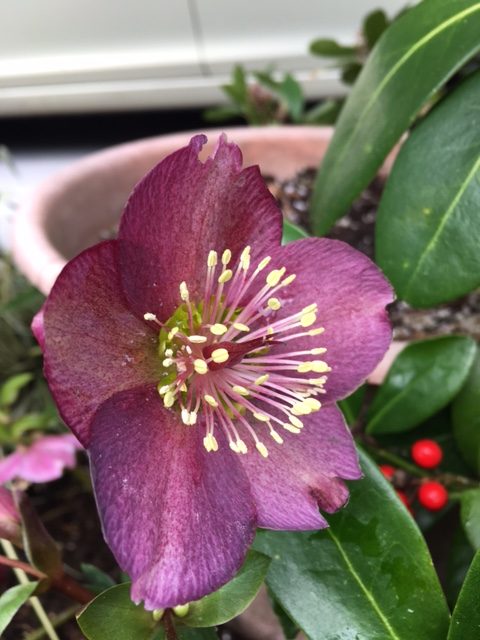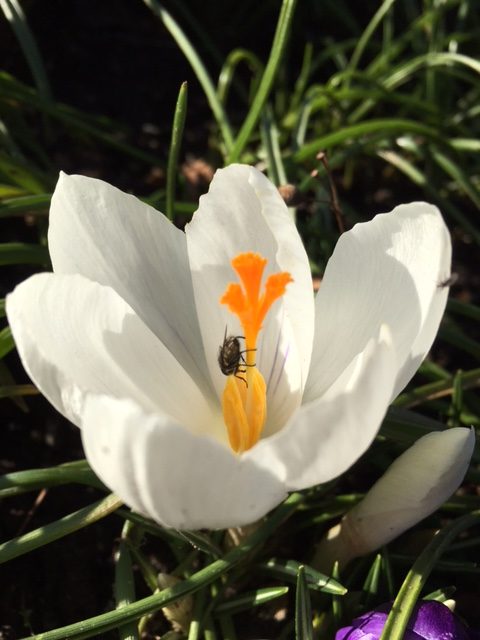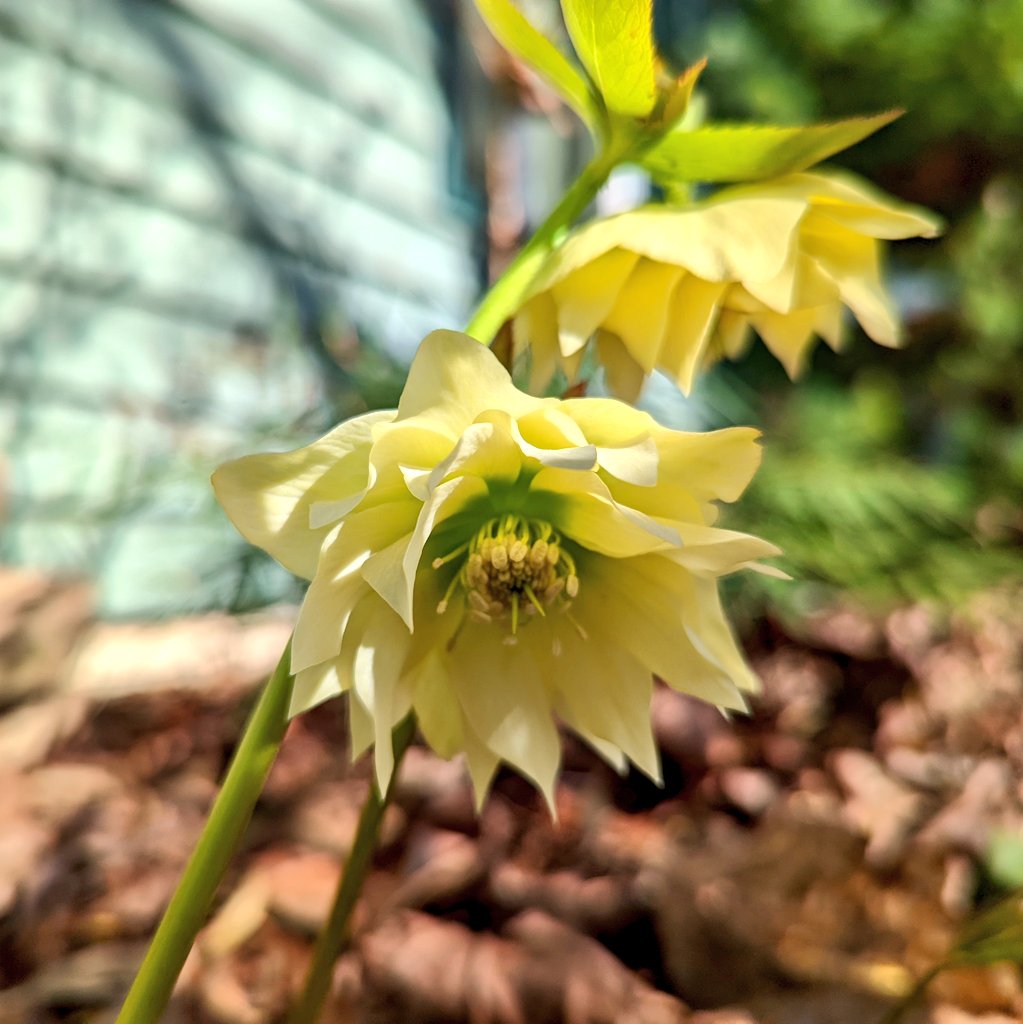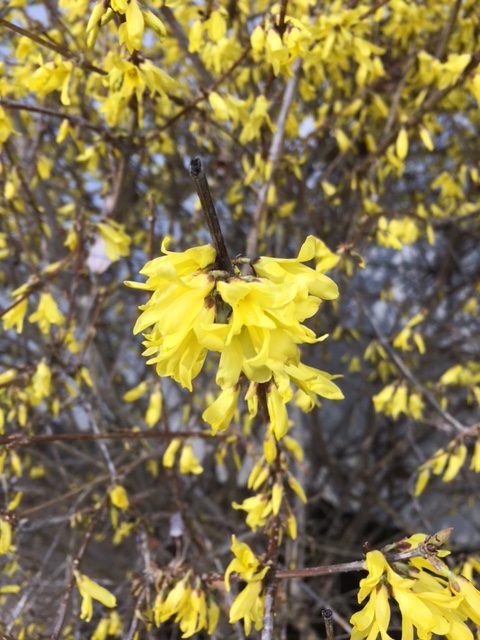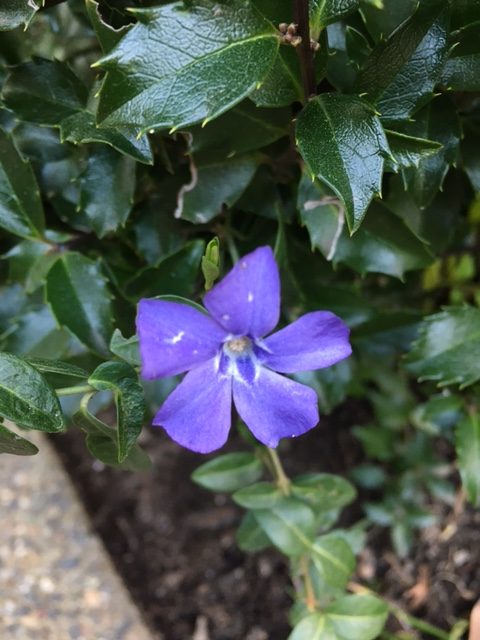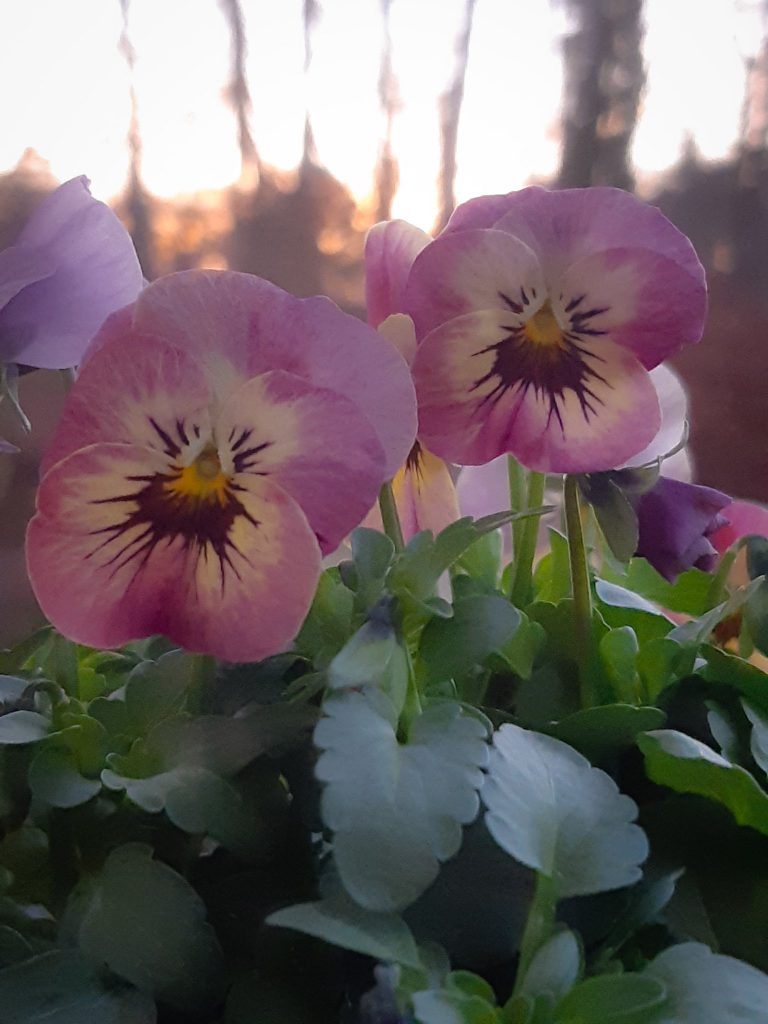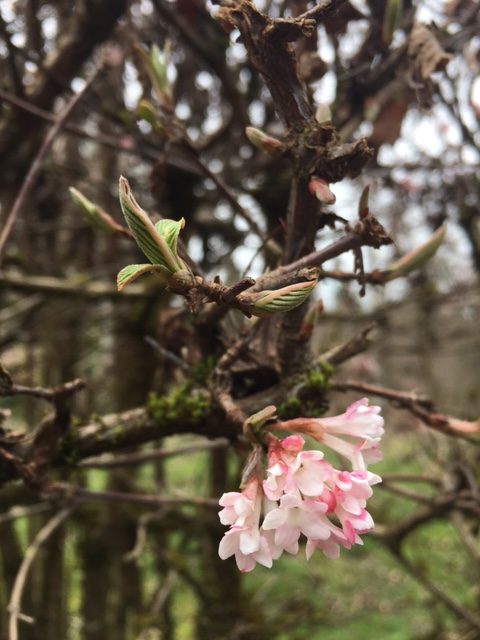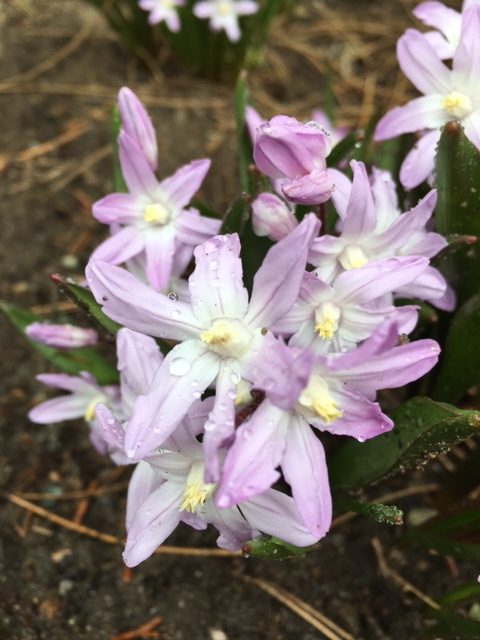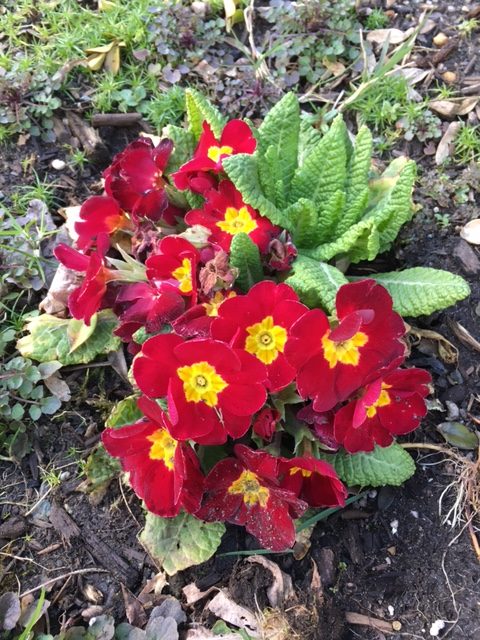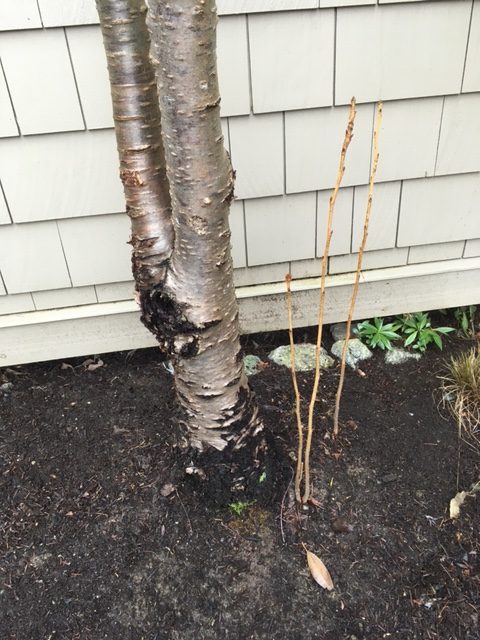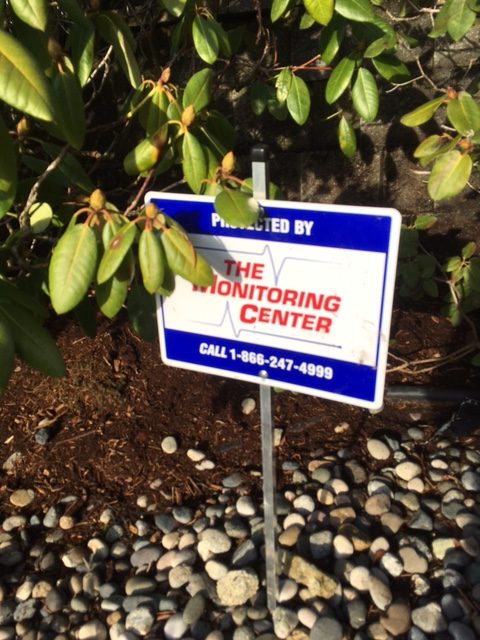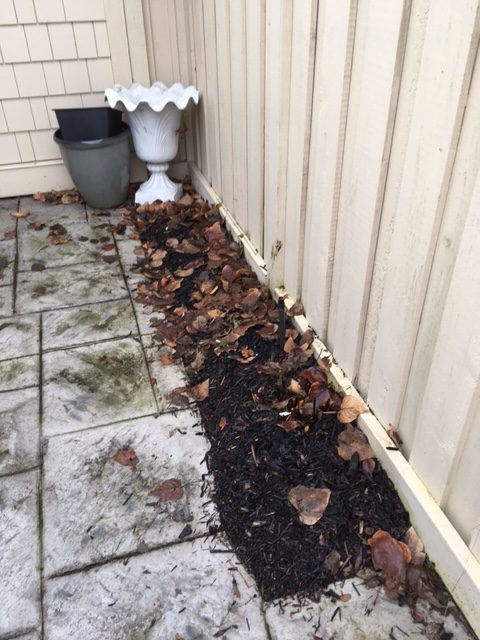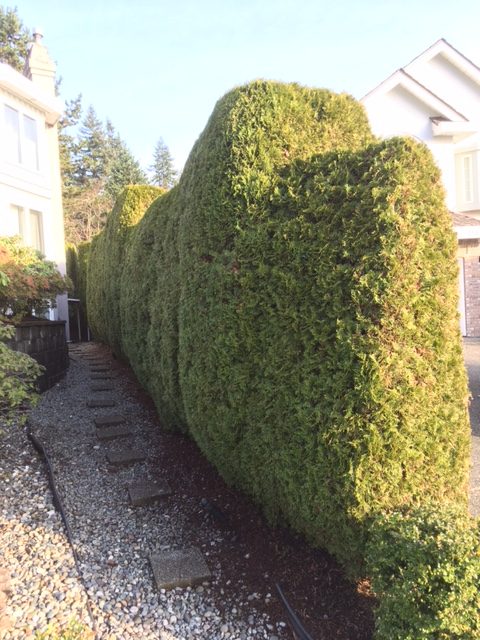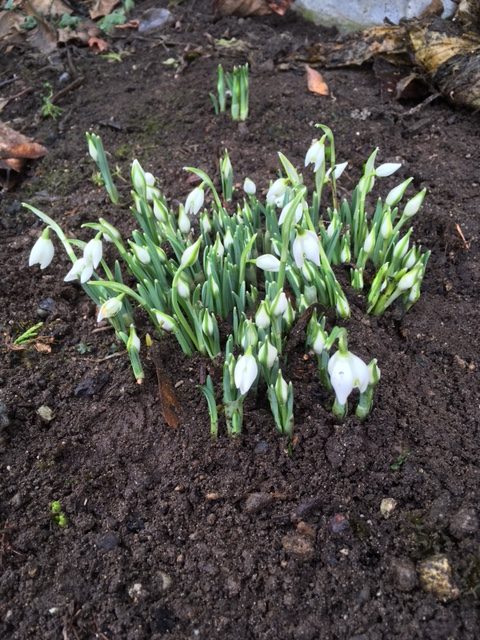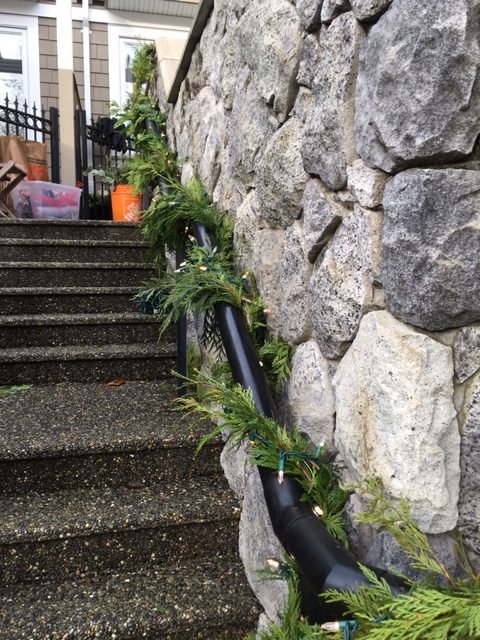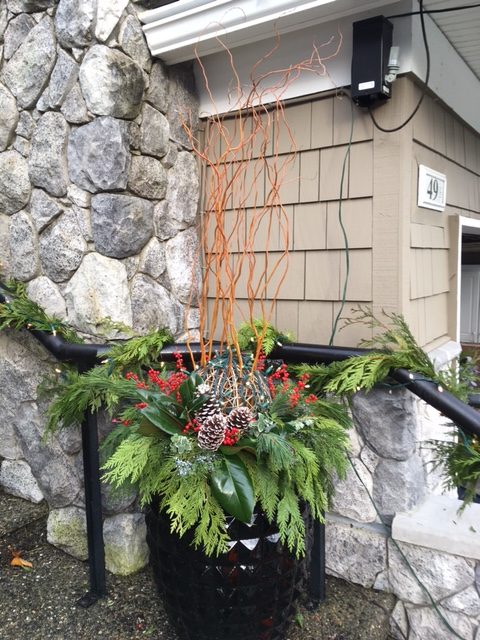Changes
With low temperatures forecast for next week, today I received phone calls from several panicked homeowners looking to get their leaves picked up. I will squeeze in a few but I rarely work on-demand. I’m too busy with regular clients.
And this afternoon, as I headed to one of my regular residential clients, they informed me that they were keeping all of their leaves in their beds. Working on a garden design across the street, a horticulturist recommended that they mulch their beds with leaves. So, this is the change for 2022: leaves stay in beds so they can insulate the plants against harsh low temperatures. The forecast for this coming week says as low as -14C.
Leaves as mulch
Leaves can definitely be used as mulch in planted beds. A layer of leaves can insulate your plants from low winter temperatures. However, some clients can’t stand the look of their beds, stuffed full of leaves, especially in high-profile beds. Then the wind picks up and it’s a mess. So, you decide.
Insulation is one thing, but quick leaf decomposition that will benefit the plants might be a bit exaggerated. If you expect your plants to benefit from decomposed leaves, then the best first step is to shred them.
Simply pile them on your lawn and run your mower over them. Whole leaves take longer to decompose. And, speaking of lawns, it’s always a good idea to clear leaves off your lawn so you don’t get weird light-colored zones in your lawn as the grass is smothered.
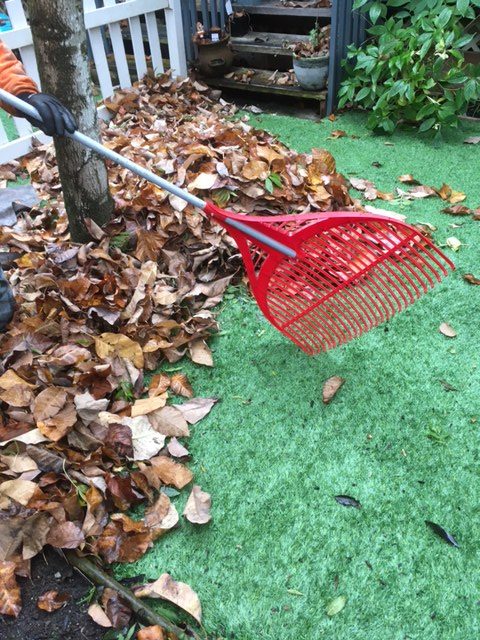
Same old, same old?
I love the idea of clients trying different things. Why not mulch your beds with leaves instead of removing them every year. Are you tired of your perennial bed? Rip out some of your plants and get new ones.
Your garden shouldn’t be static; gardens are never finished: they evolve.
I’m perfectly happy to adjust to different client requests. There is always something to do, like perennials to cut back or broken tree branches to remove.
Enjoy the off-season and make some plans for next year.


